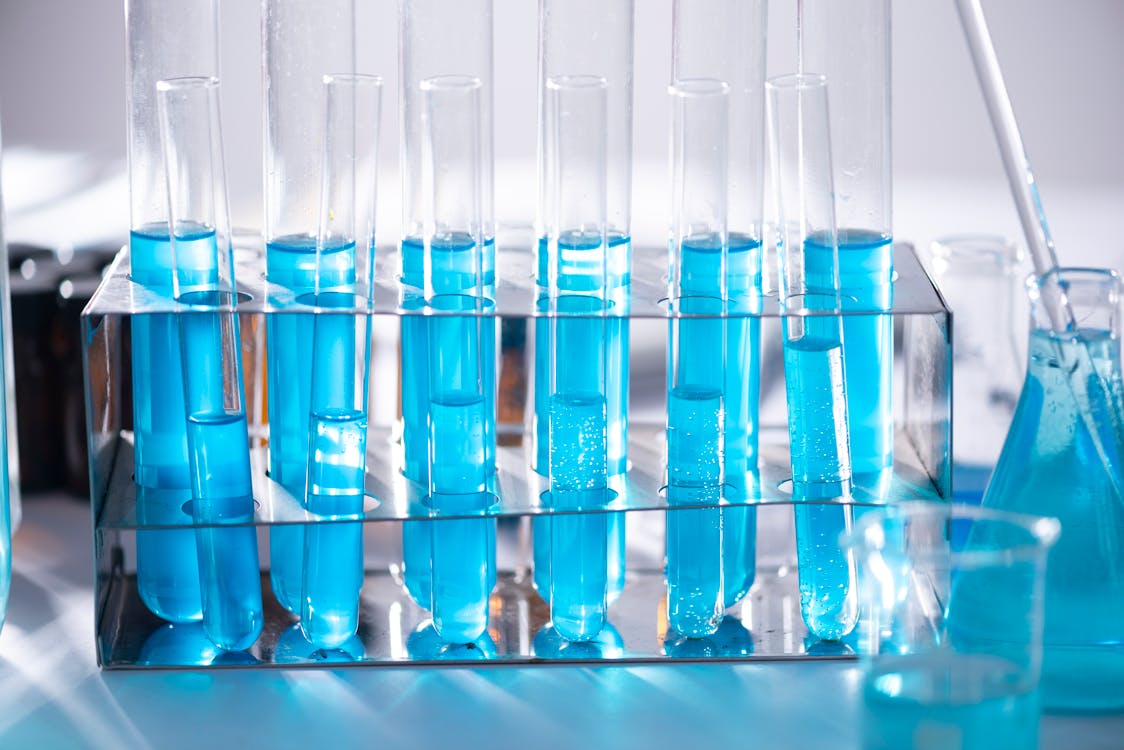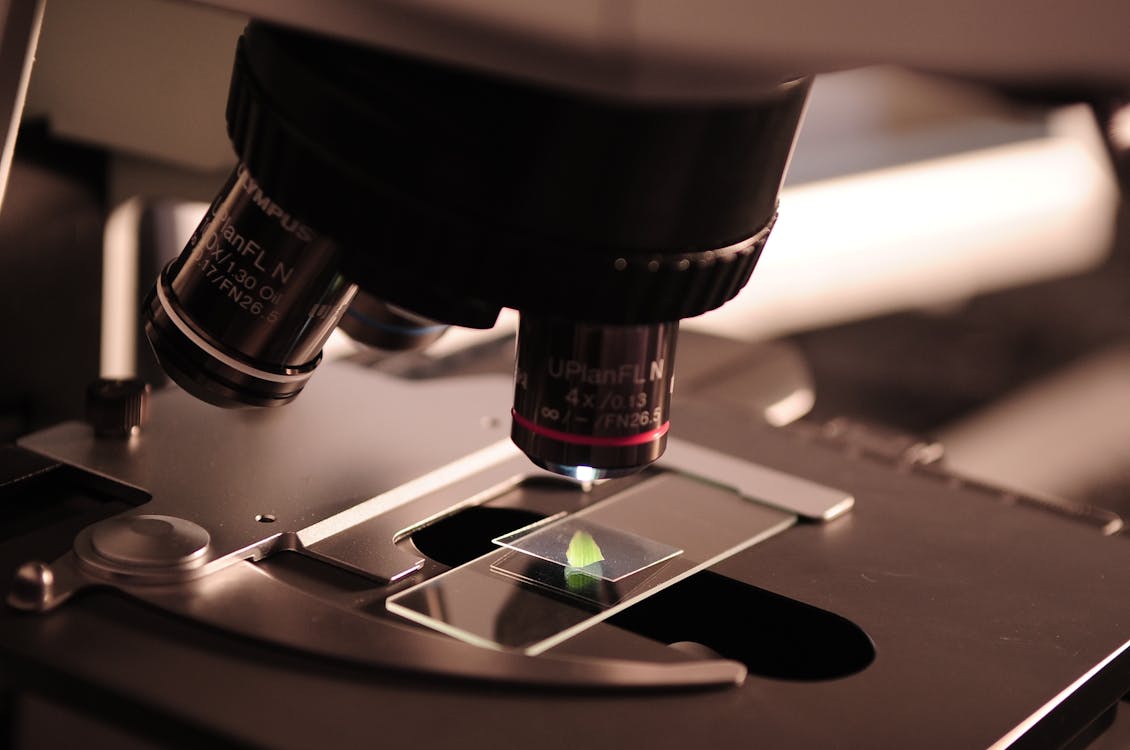Revolutionizing Toxicology
How Cutting-Edge Technologies Are Making Our World Safer
August 23, 2025
Introduction: The Silent Guardians of Health
Toxicology—the science of poisons—has evolved dramatically from its ancient origins of detecting toxins through rudimentary taste tests to today's sophisticated analytical technologies. Every day, we encounter countless chemical substances in our food, environment, and medicines. Toxicological analysis serves as our first line of defense, identifying harmful substances and understanding their effects on living organisms. Recent advances in this field are revolutionizing how we assess chemical safety, from drug development to forensic investigations and environmental protection. These innovations are not just transforming laboratories—they're creating a safer world for all of us 9 .
The field stands at a fascinating intersection of chemistry, biology, and technology. Modern toxicology doesn't merely detect toxins; it predicts potential harm before it occurs, identifies subtle biological changes at molecular levels, and provides crucial information for regulators and healthcare professionals. This article explores the groundbreaking technologies reshaping toxicological analysis and how they're being applied to protect public health in an increasingly chemical-dependent world.
The New Frontier: Artificial Intelligence and Machine Learning in Toxicology
Predictive Toxicology
AI algorithms can predict potential toxicity of new compounds with astonishing accuracy by analyzing vast datasets of chemical structures and their known effects.
92% AccuracyDeep Learning
Graph Neural Networks (GNNs) identify substructures or motifs associated with specific biological effects, enhancing both accuracy and interpretability.
Advanced Pattern RecognitionMajor Public Databases for AI-Based Toxicology Prediction
| Database | Compounds | Data Type | Application |
|---|---|---|---|
| Tox21 | 8,249 | Qualitative toxicity across 12 targets | Nuclear receptor and stress response pathway screening |
| ToxCast | 4,746 | High-throughput screening across hundreds of endpoints | Broad mechanistic coverage for in vitro toxicity profiling |
| ClinTox | Not specified | Drugs approved vs. those failed due to toxicity | Clinical toxicity risk assessment |
| hERG Central | >300,000 | Experimental records on hERG inhibition | Cardiotoxicity prediction |
| DILIrank | 475 | Hepatotoxicity potential | Drug-induced liver injury assessment |
AI models are trained on massive databases like Tox21 and ToxCast 1 . These models learn to recognize structural features and patterns associated with specific toxic effects, enabling them to flag potential issues early in the drug discovery process. The integration of AI into virtual screening pipelines allows researchers to filter out compounds likely to exhibit toxicity before committing resources to expensive laboratory tests and clinical trials 1 .
The Omics Revolution: Genomics, Proteomics, and Metabolomics
Systems toxicology represents a paradigm shift from traditional methods that examined isolated effects to a holistic approach that considers complex interactions within biological systems.
Genomics
Studying how toxins influence gene expression and genetic material
Transcriptomics
Analyzing changes in RNA patterns in response to toxic exposure
Proteomics
Examining alterations in protein production and modification
Metabolomics
Investigating how exposure to toxins changes metabolic processes
Omics Technologies in Modern Toxicology
| Technology | What It Analyzes | Application in Toxicology |
|---|---|---|
| Genomics | DNA and genetic variation | Identifying genetic susceptibility to toxins |
| Transcriptomics | RNA expression patterns | Detecting cellular response to toxic exposure |
| Proteomics | Protein expression and modifications | Discovering protein biomarkers of toxicity |
| Metabolomics | Small molecule metabolites | Profiling metabolic changes caused by toxins |
This comprehensive approach enables researchers to identify early biomarkers of exposure and effect, potentially predicting long-term outcomes based on short-term data 2 .
Advanced Instrumentation: Mass Spectrometry and Beyond
High-Resolution Mass Spectrometry
HRMS has revolutionized toxicological analysis by providing unprecedented sensitivity and accuracy in detecting toxic substances. Unlike traditional mass spectrometry, HRMS can distinguish between compounds with very similar molecular weights, enabling toxicologists to identify and quantify substances at exceptionally low concentrations—sometimes as minimal as parts per trillion .
100x
More Sensitiveppt
Detection LevelMicrofluidics and Lab-on-a-Chip
Microfluidic devices and lab-on-a-chip technologies are miniaturizing toxicological analysis, offering several advantages over traditional methods. These systems require significantly smaller sample volumes (often just microliters), reduce analysis time, and can be designed to perform multiple analytical steps automatically .
μL
Sample Volume10x
Faster Analysis
In-Depth Look: A Key Experiment in Predictive Hepatotoxicity
Hepatotoxicity Prediction Study Results
92% AccuracyMethodology Overview
Sample Preparation
3D human liver spheroids from primary hepatocytes
Compound Exposure
150 different compounds with known hepatotoxicity profiles
Multi-Omics Profiling
Transcriptomic, proteomic, and metabolomic analyses
AI Analysis
Graph neural networks for pattern recognition
Key Results from the Hepatotoxicity Prediction Study
| Metric | Traditional 2D Models | New 3D + AI Model | Improvement |
|---|---|---|---|
| Accuracy | 67% | 92% | +25% |
| Sensitivity | 62% | 89% | +27% |
| Specificity | 71% | 94% | +23% |
| Early Detection Capability | Limited | Identified changes 48-72 hours earlier | Significant |
The AI model achieved remarkable 92% accuracy in predicting human hepatotoxicity, significantly outperforming traditional methods (which typically show 60-70% accuracy). The study also identified novel biomarker combinations associated with liver injury, including specific gene expression patterns and metabolic changes that precede cell death 1 8 .
Challenges and Future Directions
Current Limitations
- Data variability between laboratories
- 100,000+ chemical substances in commercial use
- Regulatory acceptance of new approach methodologies
Future Prospects
- Increased integration of AI
- Human-on-a-chip technology
- Nanoparticle-based sensors
- Portable detection devices

Conclusion: A Safer Future Through Scientific Innovation
Toxicological analysis has undergone a remarkable transformation in recent years, evolving from relatively simple chemical detection to sophisticated systems-based approaches that can predict potential harm before it occurs. The integration of artificial intelligence, advanced instrumentation, and omics technologies has created a powerful toolkit for identifying and understanding toxic hazards 1 2 .
As these methodologies continue to evolve and gain acceptance, we move closer to a future where toxicological risks can be identified more quickly, accurately, and humanely—creating a safer world for current and future generations. The silent guardians of toxicological analysis will continue to work behind the scenes, ensuring that the chemicals we encounter in our daily lives pose minimal risk to our health and the environment.